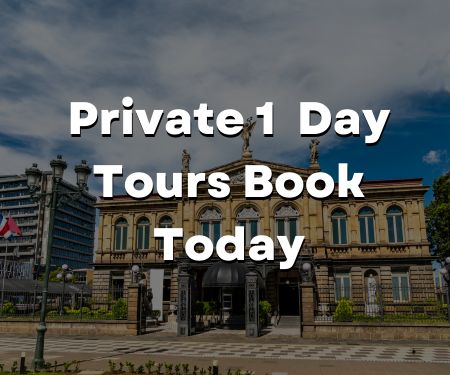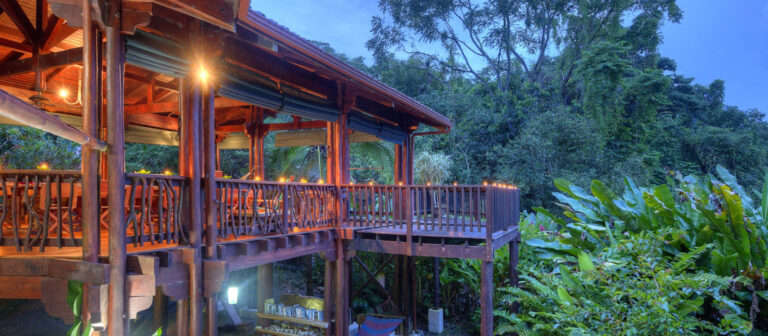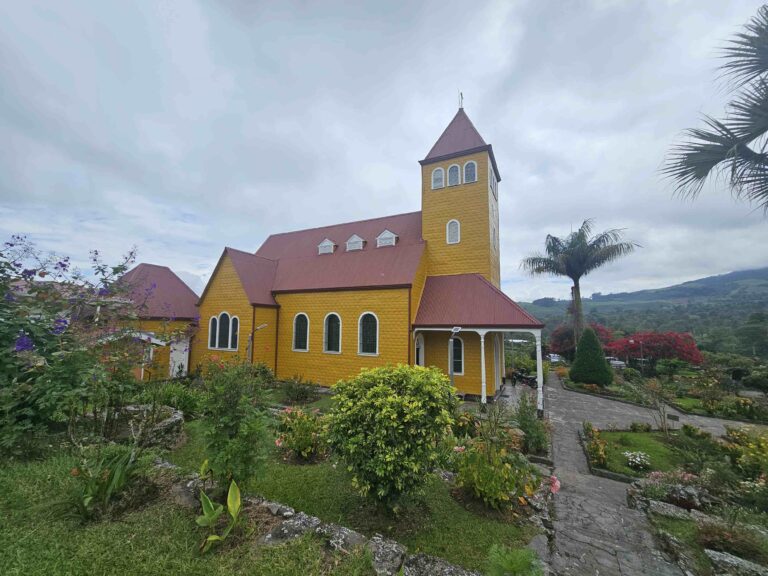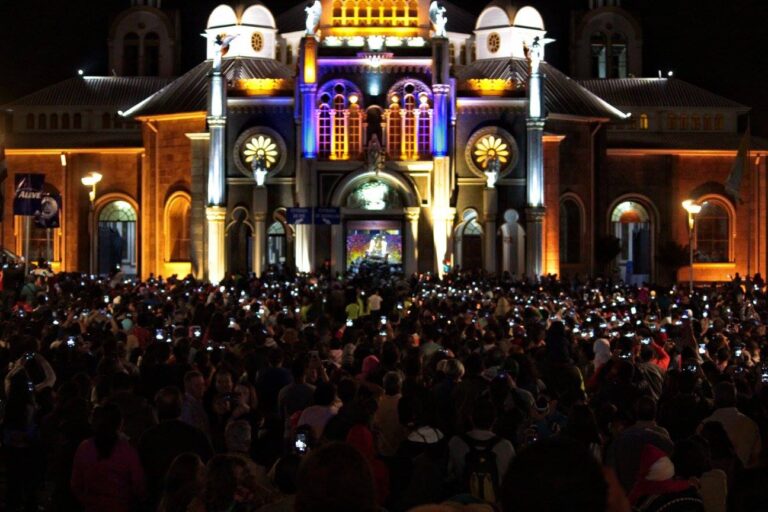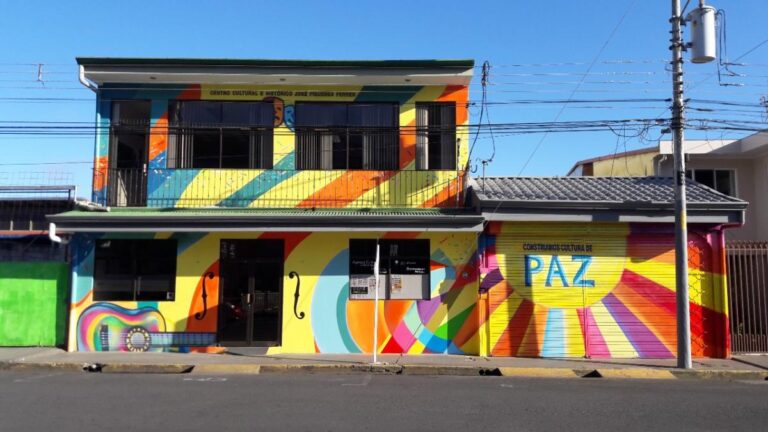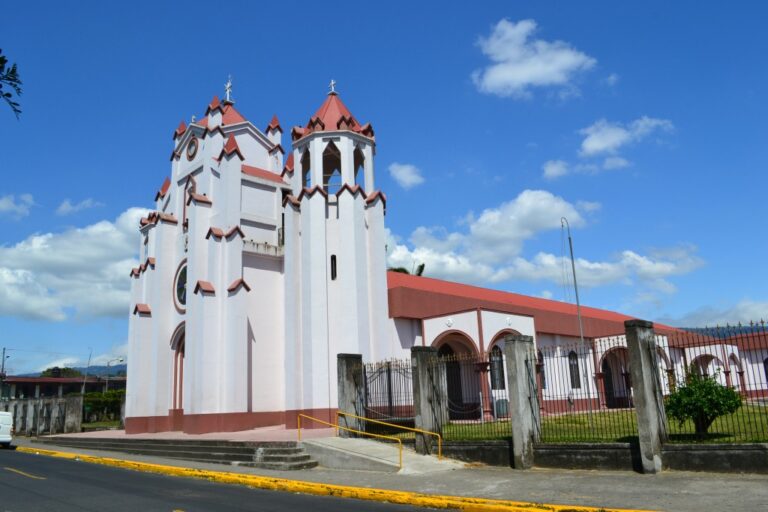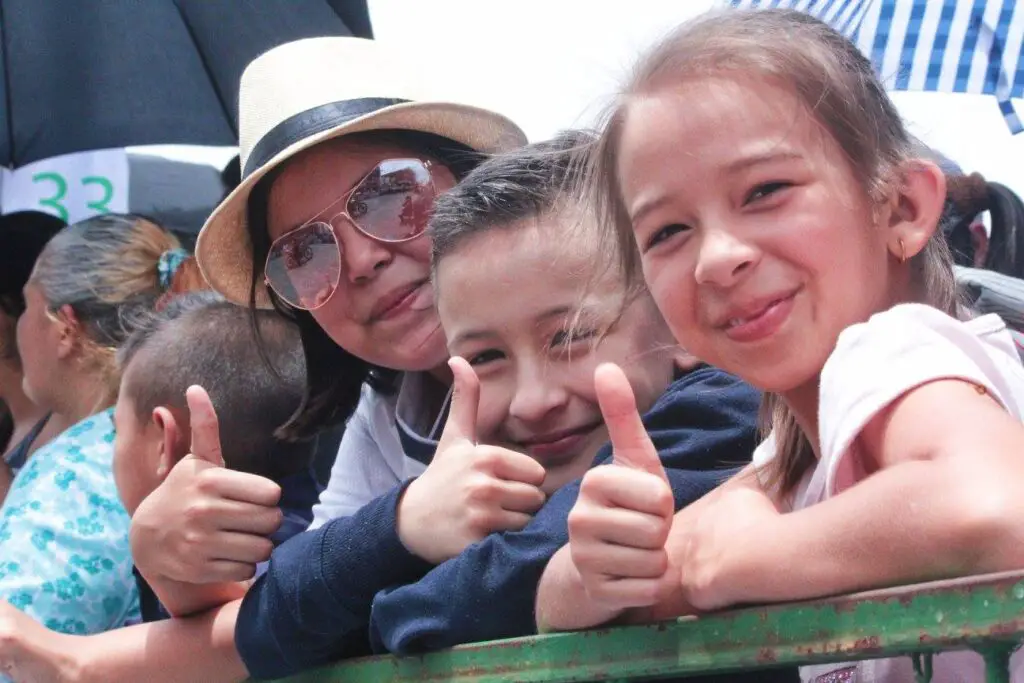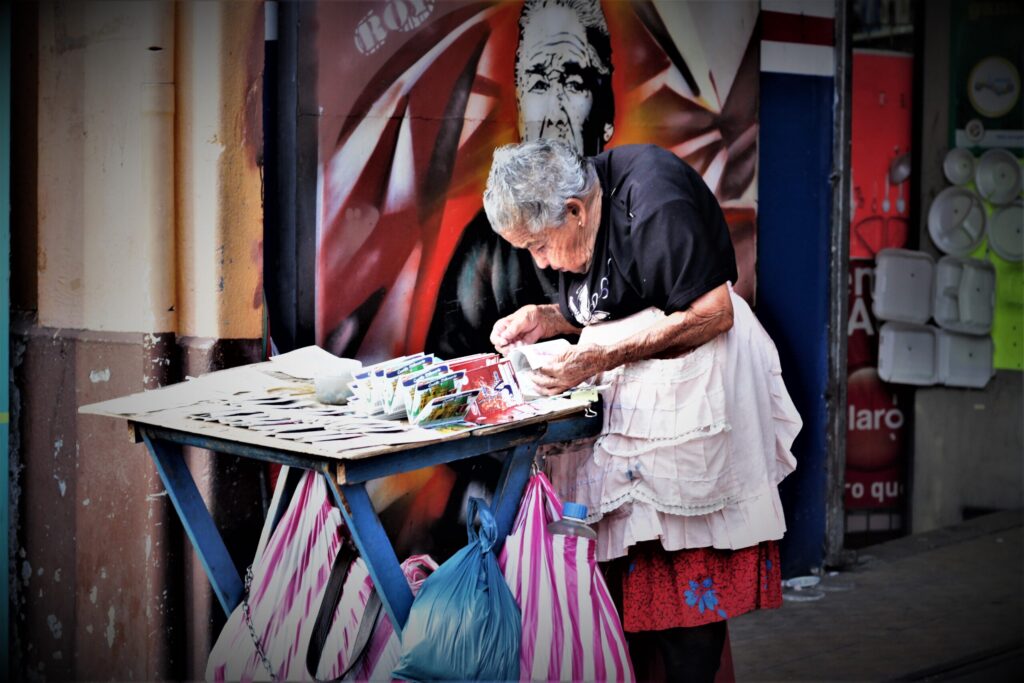The José Figueres Ferrer Cultural and Historical Center, located in San Ramón in the province of Alajuela, is a vital hub for the preservation and dissemination of Costa Rican culture. Attached to the Ministry of Culture and Youth of Costa Rica, this center not only pays tribute to the historical figure of José Figueres Ferrer—a leader committed to democracy and social welfare—but also drives a comprehensive cultural agenda that bridges past and present.
Within its facilities, permanent exhibitions recount the life and work of this emblematic statesman, while workshops, artistic activities, and educational programs are offered to audiences of all ages. These spaces foster everything from art appreciation to reflection on democratic values, making the center both a community gathering place and a catalyst for social cohesion.
This article will delve into the center’s history, its mission and vision, and the broad cultural offerings it provides, analyzing how its work helps to keep Costa Rican identity alive and connects the community with its historical and cultural heritage. For those interested in learning more about this valuable institution, you can visit the official website of the Ministry of Culture and Youth of Costa Rica or consult specialized portals on Costa Rican cultural heritage.
Historical Context and Origin
The José Figueres Ferrer Cultural and Historical Center emerged from a profound recognition of one of Costa Rica’s most influential historical figures. José Figueres Ferrer, also known as “Don Pepe,” was a visionary statesman who played a decisive role in the country’s political and social transformation. His legacy—marked by milestones such as the abolition of the army in 1948 and the consolidation of democratic values—has left an indelible mark on Costa Rican identity. For more details on his life and achievements, it is useful to consult the José Figueres Ferrer entry on Wikipedia.
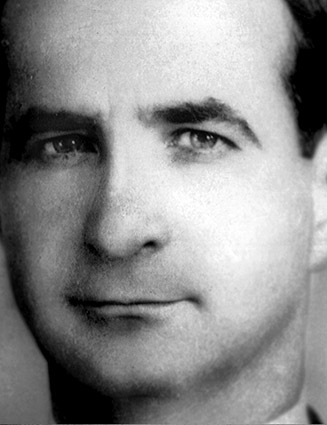
The choice of San Ramón, in the province of Alajuela, as the center’s location reflects an effort to integrate it organically into the nation’s cultural and social fabric. The municipality not only has a rich history linked to rural and urban development but also symbolizes the diversity and resilience inherent to Costa Rica. In this way, the center becomes a bridge connecting historical memory with contemporary cultural practices, strengthening a sense of belonging and civic commitment.
Mission, Vision and Values
The center’s mission is to promote, conserve, and disseminate Costa Rican culture through the legacy of José Figueres Ferrer. This mission is realized through a range of initiatives—from historical and artistic exhibitions to educational programs aimed at fostering dialogue and active community participation. In this sense, the center is not only a space for learning but also a meeting point for exchanging ideas and reinforcing democratic values.
- Vision: The center aspires to be a national cultural and educational benchmark, establishing itself as a dynamic organization that drives artistic development and critical thinking. Through innovation in its offerings and the expansion of its programs, it projects toward a future in which culture becomes a catalyst for social transformation. To stay up to date with the Ministry of Culture and Youth’s cultural proposals, you can visit their official site.
Fundamental Values
- Commitment to History: Preserve and share the memory of José Figueres Ferrer and his impact on Costa Rican society.
- Inclusion and Diversity: Promote access to culture without distinction, facilitating participation from all social sectors.
- Education and Dialogue: Encourage educational programs that foster personal development and critical thinking.
- Cultural Innovation: Continually renew artistic and educational offerings to keep the center dynamic and responsive to present needs.
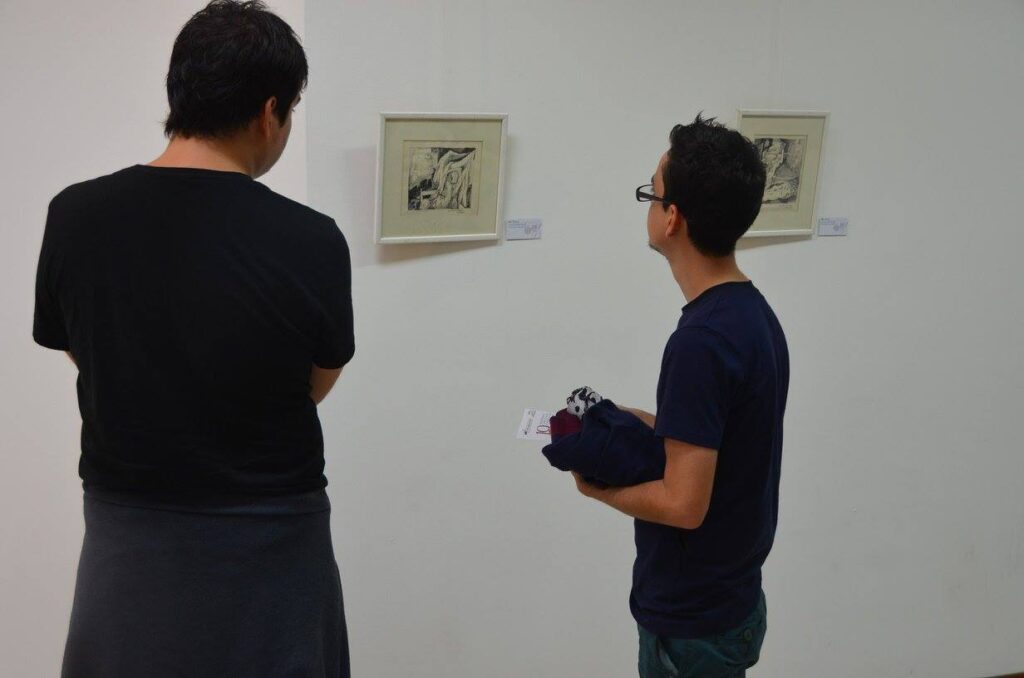
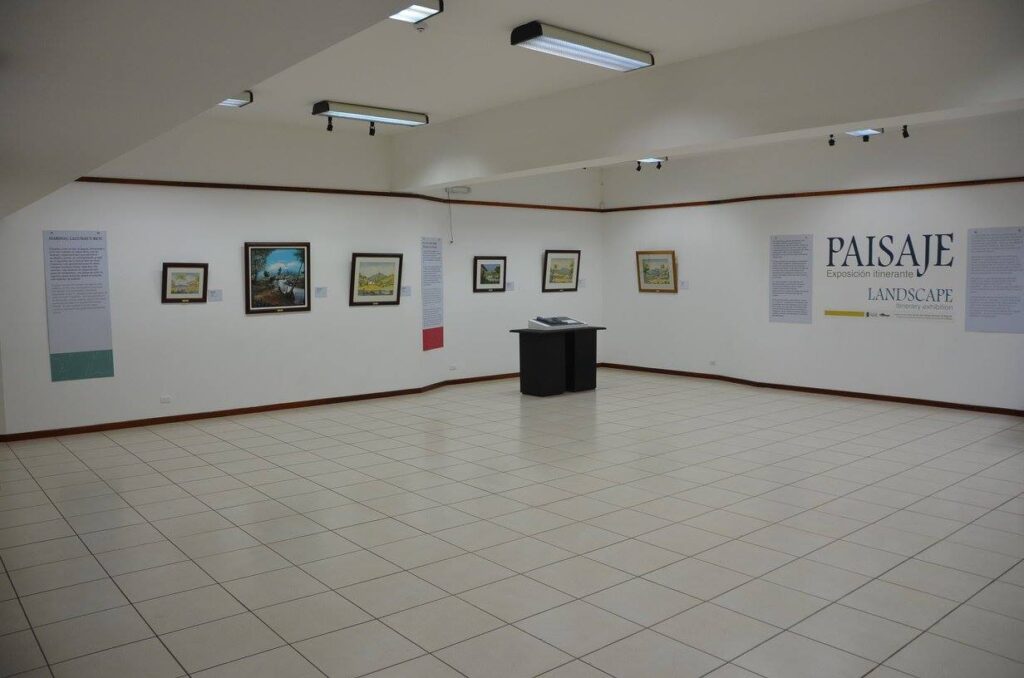
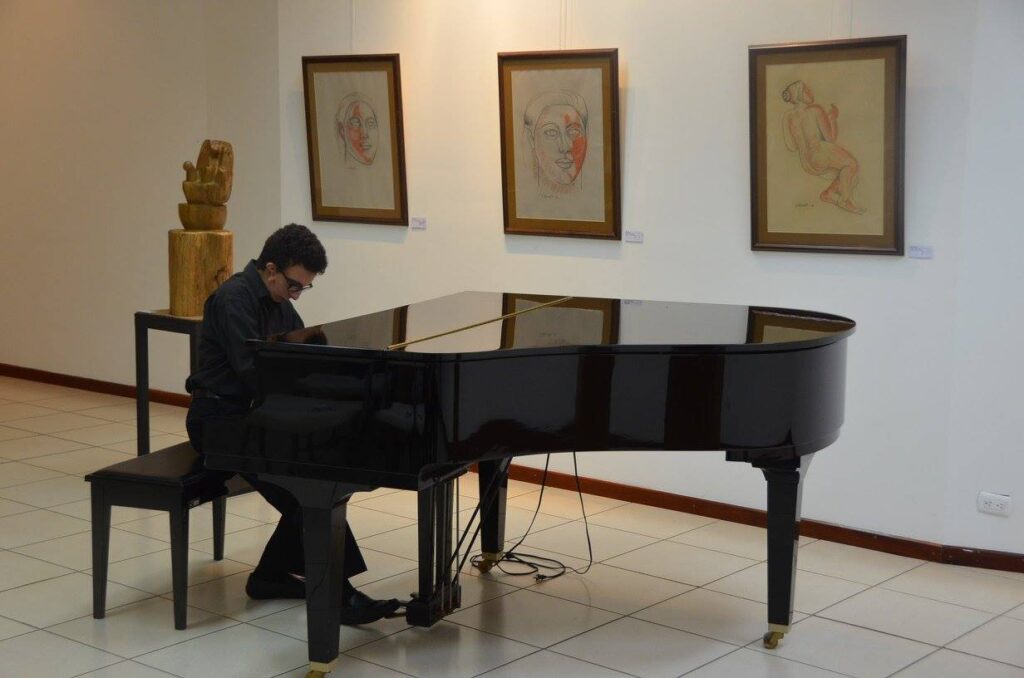
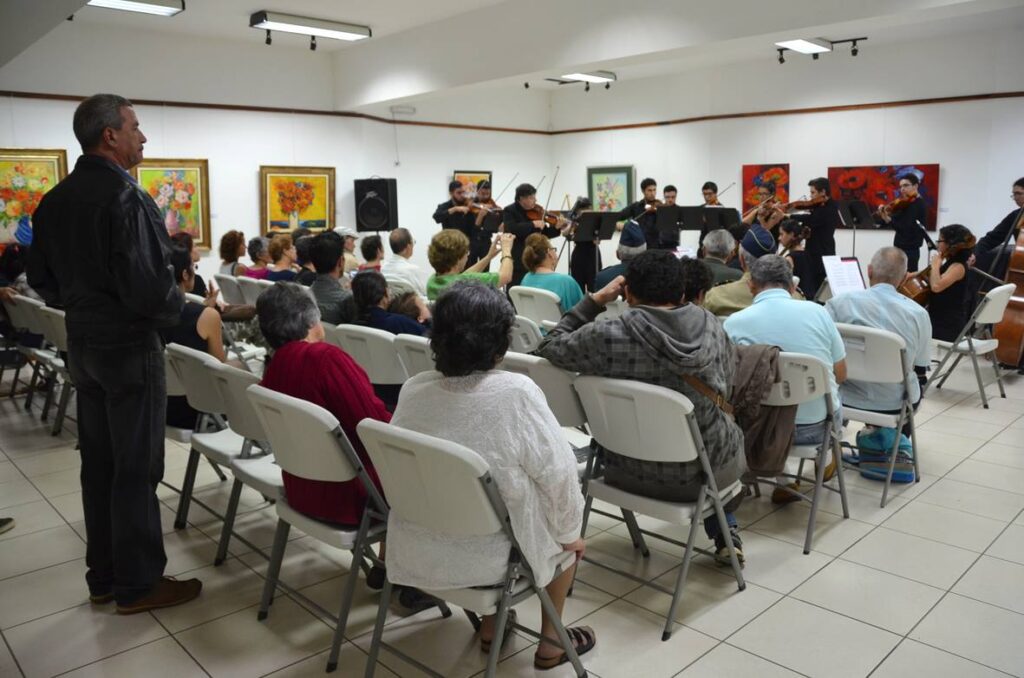
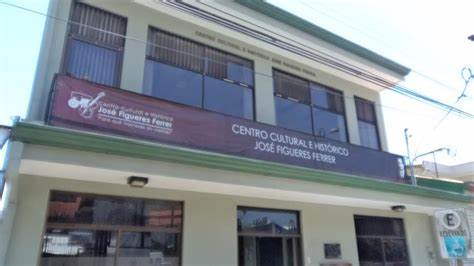
These values ensure the center functions not only as a historical repository but also as an active agent in building and strengthening Costa Rica’s social fabric. This comprehensive vision translates into activities and projects that invite citizens to rediscover their cultural identity and participate in forging a future rooted in respect, equity, and creativity.
Cultural Offerings and Educational Programs
The center provides a wide and varied program designed to bring art and culture closer to the community. It hosts permanent exhibitions that narrate José Figueres Ferrer’s life and work, as well as temporary exhibitions addressing historically and contemporarily relevant themes. Additionally, it offers workshops and hands-on activities in music, dance, visual arts, and theater for both children and adults. These initiatives aim not only at technical and artistic learning but also at strengthening dialogue and civic engagement.
According to institutional information, the annual programming involves over 200 participants, supported by a dedicated team of seven staff members and thirteen specialized instructors. The integration of artistic instruction with the promotion of democratic values creates an ideal environment for reflection and cultural innovation. To view the event calendar and further details, please visit the events section of the Ministry of Culture and Youth of Costa Rica.
Infrastructure and Environment of the Center
The José Figueres Ferrer Cultural and Historical Center stands out for an infrastructure that balances tradition and modernity, offering environments that invite immersion in history alongside contemporary artistic expressions. The carefully restored and adapted building houses exhibition halls, auditoriums, and multifunctional spaces for workshops, performances, and cultural gatherings. This variety of areas ensures that each visitor can experience historical legacy and creativity in a setting designed for dialogue and interaction.
The center’s ambiance is enhanced by design elements that highlight both its historical heritage and the functionality of modern spaces. Lighting, gallery layouts, and the integration of outdoor areas create a warm and welcoming atmosphere, facilitating access and fostering connections across diverse community sectors. Those interested in exploring the center’s architecture further or reading visitor testimonials can find specialized online reports on the Ministry of Culture and Youth’s official website.
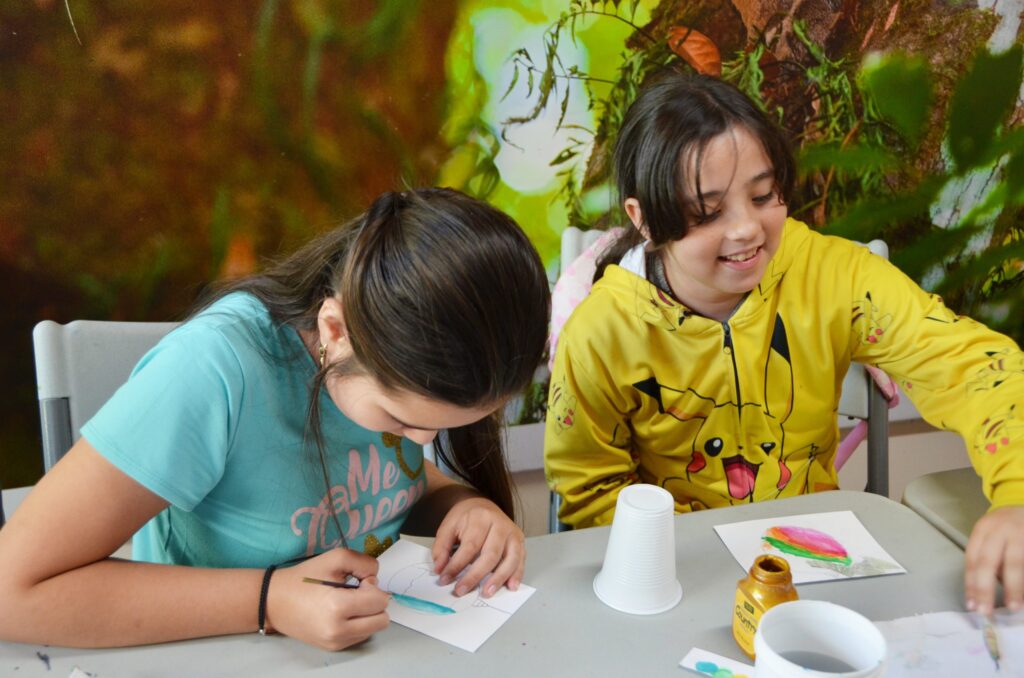
Impact on the Community
The José Figueres Ferrer Cultural and Historical Center has become a nerve center in the social fabric of San Ramón and the province of Alajuela. Thanks to its varied cultural and educational offerings, the center not only preserves the history and legacy of an iconic leader but also fosters a renewed sense of identity and belonging within the community.
- Strengthening Local Identity: The center’s activities and exhibitions offer residents a unique opportunity to reconnect with their roots and traditions. Artistic workshops and public performances encourage intergenerational cooperation and dialogue among diverse cultural expressions. Many artists and visitors testify to how the center has bolstered pride and belonging in San Ramón. Local cultural media and forums online often feature these stories.
- Inclusion and Social Cohesion: The center has catalyzed community projects that integrate traditionally underserved groups. Initiatives designed to bring together people of different ages, social strata, and backgrounds have made the space a bridge for exchanging experiences and collaboration. This inclusive approach is key to understanding how the center acts as a driver of social cohesion and cultural transformation. For more information on these projects and their benefits, consult the Ministry of Culture and Youth of Costa Rica.
- Visibility and Collaborative Projects: The center’s reach is further demonstrated through collaborative partnerships with other cultural and educational institutions. These strategic alliances have amplified its activities, enabling recognition beyond the local sphere at the national level. Participation in festivals and cultural gatherings fosters a dynamic environment where tradition and innovation merge to drive substantial social change.
Together, these efforts not only celebrate José Figueres Ferrer’s historical legacy but also show how cultural spaces can become true engines of social and cultural development in a region.
In summary, the José Figueres Ferrer Cultural and Historical Center emerges as a fundamental actor in Costa Rica’s cultural landscape, where historical memory merges with creativity and education. We have explored how, by showcasing a national figure’s legacy, offering a wide range of cultural activities, and fostering community dialogue, this center not only preserves the past but also opens doors to an innovative and transformative future.
While current challenges—such as modernizing infrastructure and expanding budgets—remain, they are balanced by opportunities offered through digitization and collaborative partnerships. We invite readers to visit this emblematic space, participate in its programs, and become active contributors to the cultural momentum that strengthens regional identity and social cohesion. The history and future of Costa Rica intertwine in every corner of the center, reminding us that culture is a vital engine for societal transformation.
For further exploration, you may refer to the official site of the Ministry of Culture and Youth or seek out specialized reports on strategies for cultural innovation and heritage preservation in Costa Rica.

